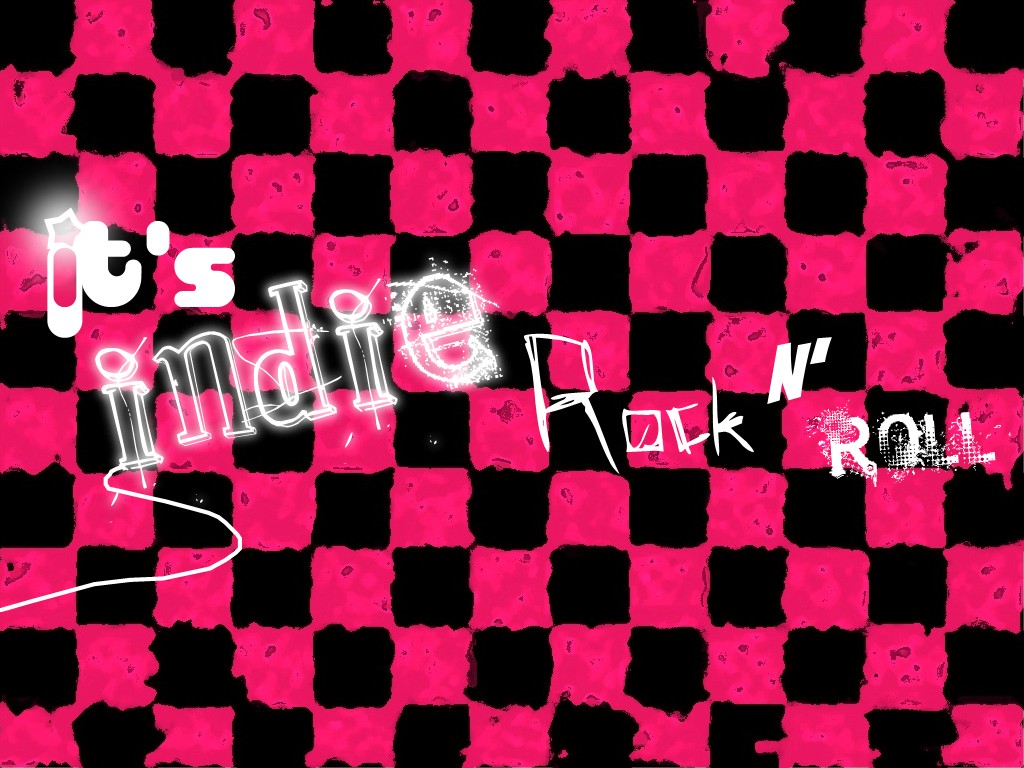(The Verge) – Humans have marked their bodies with tattoos for thousands of years. These permanent designs–sometimes plain, sometimes elaborate, have always served as amulets, status symbols, declarations of love, signs of religious beliefs, adornments and even forms of punishment.
National Geographic magazine reported that the earliest known examples of tattoos were Egyptian and were present on several female mummies dated to c. 2000 B.C. But following the more recent discovery of the Iceman from the area of the Italian-Austrian border in 1991 and his tattoo patterns, this date has been pushed back a further thousand years when he was carbon-dated at around 5,200 years old.
In the article: Taboo to Mainstream, the author, Brian Handwerck explains that tattooing has been around for thousands of years. It is one of the oldest forms of art, laden with as many different meanings as there are global cultures. In some societies, tattoos are indelible marks of tribe or of status. They can signify a difficult passage to adulthood, or identify the owner’s skills. One of the most popular reasons must surely be one of the oldest—body art adds to the beauty of the wearer.
In the West, tattoos are generally regarded as forms of individual expression and creativity. While they celebrate individuality, they still identify their wearers as members of a tribe—the community of those who celebrate body art. That community continues to grow in size and social acceptance.
In the documentary, “Skin art is the subject of Taboo,” which aired on the National Geographic Channel on Monday, October 14, 2012, it discussed the rapid evolution of the tattoo industry and the evidence is in plain view on city streets, sporting events or on college campuses across the nation. Myrna Armstrong, a professor at Texas Tech University Health Sciences Center, offers a few figures. Armstrong has been studying tattoos for over a decade. “In Texas,” she said, “we began tattoo studio registrations in 1994. Over the first ten months we registered 137 studios. Eight years later, the number of studios registered is well over 600.”

In the United States, tattoos once identified their owners as perhaps a bit unsavory. The art was often associated with rowdy sailors or prisoners, but has now become a part of mainstream American culture.But there is a downside to skin ink, as tattoos can cause significant medical problems. In Suffering from ‘tattoo regret,’ an article written by Dr. Anthony Youn, he quotes the New England Journal of Medicine that described contaminated ink causing infections of nontuberculous Mycobacteria (NTM).
Youn states that these infections are extremely difficult to treat. If weeks of antibiotics don’t eradicate the problem, then the tattoo must be removed. Reports of allergic reactions or other, less serious skin infections are also described in the medical literature.
Laser treatments are currently the most common and effective method for removing tattoos. Each laser targets a specific color in the ink, so the simpler the tattoo, the easier it’s eradicated.
Plastic surgeons and dermatologists are seeing more and more people who want their tattoos removed, often because they worry that the tattoos could cause problems with employment. According to the American Society for Aesthetic Plastic Surgery (ASAPS), the number of people undergoing laser tattoo removal increased 43% from 2011 to 2012.
Diane Bell, an anthropologist at George Washington University, has also seen attitudes towards skin art change on that campus. She said, “When I see students with these designs on their bodies I think what it would have been like 20 years ago. For a woman to have done that, it would have marked her out as a ‘bad girl.’ Somehow or other we’ve shifted right out of that. Now it’s ‘my body, my choice’.'”
“The melting pot that is the United States has no rites of passage as a single American culture,” says Ken Brown, a tattoo artist in Fredericksburg, Virginia, who finds inspiration in National Geographic photographs. “On some levels, getting a tattoo is like a milestone that marks a certain moment in a person’s life.”
From a distinct perspective, tattoos have gone through an extreme boom in popularity in mainstream society and part of it is the social support for many people including students on campus. It’s not only tattooed people supporting tattooed friends. There is a lot of support for body art and piercings, even among those who do not have them. Although many fads have come and gone, tattoos will remain popular among the old and young who take a part in this ancient taboo of skin art.




